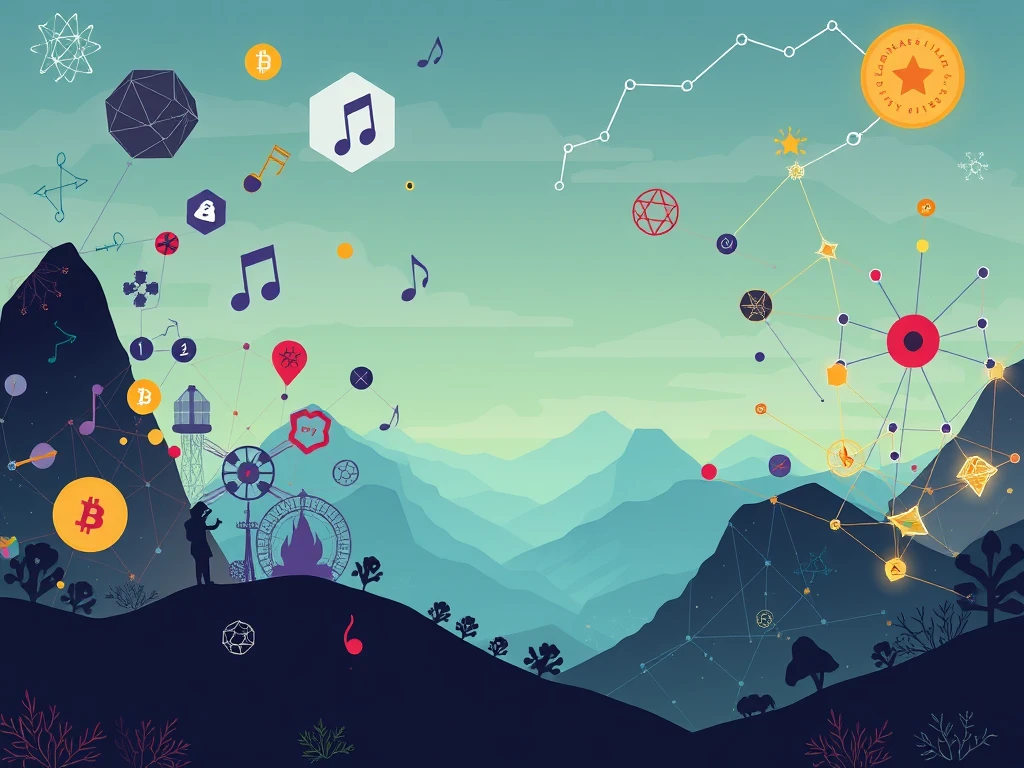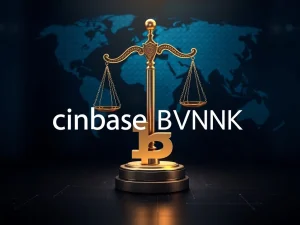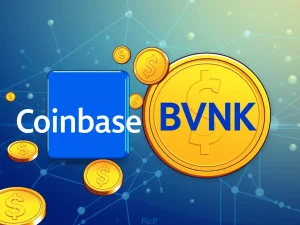Web3 Creator Economy Faces **Crucial** Test After Zora Airdrop Flop

The recent Zora token launch and associated airdrop sent ripples through the Web3 creator economy, leaving many users frustrated and sparking a wider conversation about the future of artists and monetization onchain. While the discontent was palpable on social media, many builders and creators remain convinced that blockchain technology still holds immense potential for the creative world, even if the path forward looks different than it did a few years ago.
The Zora Airdrop Controversy: What Went Wrong?
Onchain social network Zora has been a notable platform for artists and musicians looking to use blockchain tools. However, the launch of its ZORA token on April 23 quickly became a flashpoint. Here’s a breakdown of the main issues:
- **Delayed Announcement:** The token was trading for about two hours before Zora officially announced its launch, causing initial confusion.
- **Price Drop:** The token’s price fell sharply by over 50% within those first two hours and continued to decline.
- **Tokenomics Concerns:** Critics pointed to a significant portion of the supply reserved for the team and treasury (70%), leaving a smaller percentage for community incentives (20%) and the user airdrop (10%).
- **Initial Lack of Utility:** Zora initially stated the token was ‘for fun only’ with no governance rights, leading to questions about its purpose, although the project later announced some added functionalities.
Despite the complaints, some users defended Zora, highlighting the platform’s past financial benefits for sharing content. Singer Vérité, an early Web3 adopter, expressed appreciation for being rewarded for early participation, noting Zora’s attempt to build new models for digital artifacts.
Shifting Focus: From NFT Creator to Content Coins
The ZORA token launch coincides with a broader evolution in how creators are using blockchain. While Zora was known for minting posts as NFTs, the platform has shifted towards instantly tradeable memecoins, or ‘content coins.’ Creators receive 1% of the supply and earn 50% of trading and liquidity fees.
This move from the traditional NFT creator model to a coin-like structure reflects a changing landscape. Adam Levy, host of the Mint podcast and founder of Blueprint, suggests this taps into a new class of creators influenced by the success of platforms like Pump.fun. He describes them as potentially ‘Gen Z brain rot type of creator’ focused on viral, memetic content.
NFT sales have significantly decreased since their 2021 peak, and many creators have moved on. Builders from prominent music NFT platforms have shifted focus, sometimes obscuring the underlying blockchain technology. David Greenstein, co-founder of Sound.xyz, attributed the decline to an excessive focus on speculation over supporting artists and music.
Reimagining Blockchain Monetization for Artists
The sentiment among many is that while the speculative NFT boom may be over, blockchain monetization still holds promise, just perhaps in a less overt way. Vérité emphasizes solving artist problems regardless of the technology used, stating she won’t sell NFTs to fans but remains interested in finding new solutions.
A key trend is hiding the blockchain complexity from the user. For example, rap duo Run The Jewels rewards fan club members with ‘JWL’ points, which are an onchain token, but this detail is not front and center. Renata Lowenbraun, CEO of Infanity, believes accessibility is crucial, comparing blockchain’s current stage to the early internet. She argues NFTs had a ‘false start’ before infrastructure matured but remain promising for creatives.
The Future of the Onchain Social Network
Despite the challenges, belief in the potential of the onchain social network and broader blockchain tools persists. Adam Levy maintains ‘endless conviction’ in his work, urging people to ‘zoom out’ and recognize the early stage of adoption. He believes there’s a better way to create and monetize content online using this technology.
Latashá, a music artist and builder who was previously at Zora, argues that the future lies in artists building their own platforms rather than relying heavily on centralized ones. She suggests that the past few years showed creators the limitations of platform dependency, mirroring issues seen in Web2. The lesson is that building something truly different ‘is going to have to come from us.’
The road ahead for the Web3 creator economy will likely have bumps, as highlighted by the Zora airdrop experience. However, the underlying goal of empowering artists and providing new avenues for independence and monetization through blockchain technology remains a powerful driving force for many in the space.







